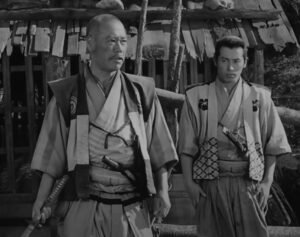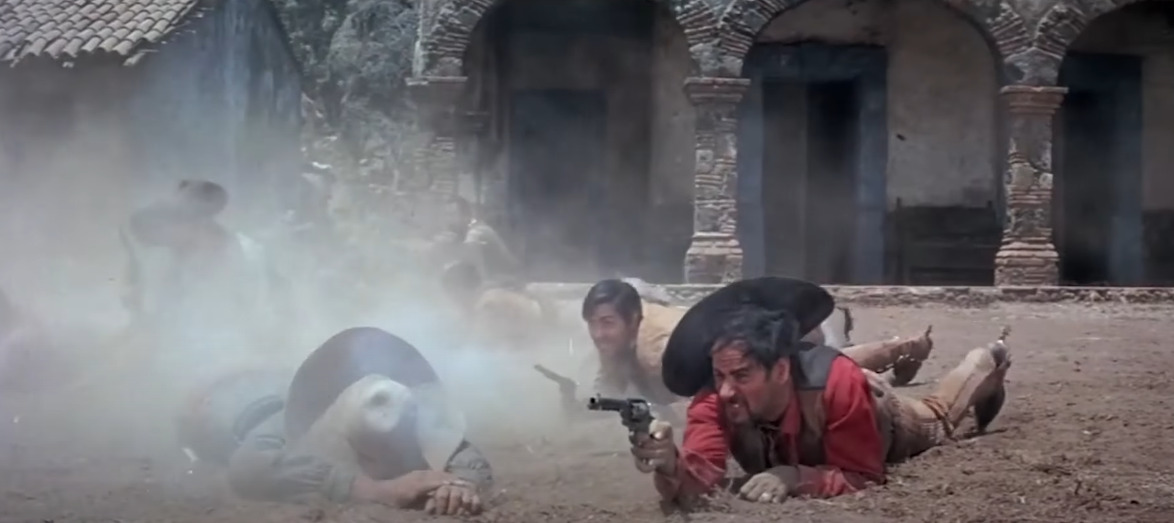Few films hold the distinction of being timeless classics while inspiring adaptations across cultures and eras. Akira Kurosawa’s Seven Samurai (1954) is one such masterpiece. Its influence transcends not only Japanese cinema but also international storytelling. Among its most celebrated adaptations is John Sturges’ The Magnificent Seven (1960), a Hollywood Western that reimagined Kurosawa’s tale for a new audience. This article delves into the connections between these two cinematic giants, highlighting the similarities, differences, and enduring legacy of their narratives.
Seven Samurai: A Tale of Honor and Survival
Akira Kurosawa’s Seven Samurai is often regarded as one of the greatest films ever made. Set in 16th-century Japan, it tells the story of a small farming village terrorized by marauding bandits. Desperate to protect their harvest and lives, the villagers seek the help of seven samurai, who agree to defend them in exchange for food and shelter. The film’s narrative is a powerful exploration of courage, sacrifice, and human resilience.
Kurosawa masterfully combines action, drama, and social commentary, creating characters with depth and distinct arcs. The seven samurai themselves are not mere warriors; they embody varying ideals, struggles, and philosophies. This layered storytelling made Seven Samurai a universal tale, resonating across cultures.

Hollywood Reimagines the Samurai
Six years after the release of Seven Samurai, John Sturges directed The Magnificent Seven, a Western that transplanted Kurosawa’s story to the rugged landscapes of Mexico. In this adaptation, the samurai become gunslingers, and the farmers become Mexican villagers under threat from a ruthless bandit leader, Calvera (played by Eli Wallach). The film retains the central premise of seven heroes banding together to defend the oppressed but adapts the story to fit the tropes of the Western genre.
The cast of The Magnificent Seven was a veritable powerhouse, featuring Yul Brynner, Steve McQueen, Charles Bronson, and James Coburn. Their charismatic performances brought the gunslingers to life, each with their unique flair, much like their samurai counterparts. The Western’s focus on individualism, camaraderie, and redemption aligns with Kurosawa’s themes, albeit with a distinctly American touch.
Similarities and Key Differences
While The Magnificent Seven is a faithful homage to Seven Samurai in terms of structure and themes, it diverges in tone and cultural context. Kurosawa’s original is steeped in Japanese history, reflecting the feudal system and societal norms of the time. In contrast, Sturges’ adaptation celebrates the rugged individualism and heroism typical of Westerns.
Another key difference lies in pacing and visual style. Kurosawa’s film runs nearly 3.5 hours, offering a slow-burn narrative that delves deeply into its characters and their motivations. The Magnificent Seven is more concise, favoring action sequences and larger-than-life moments to appeal to Western audiences.
Despite these differences, the core message of unity, sacrifice, and the fight against oppression remains intact in both films. The enduring appeal of the story lies in its ability to connect with universal human emotions and struggles.

Legacy and Impact
Both Seven Samurai and The Magnificent Seven have left indelible marks on cinema. Kurosawa’s film influenced countless directors, including George Lucas and Quentin Tarantino, while Sturges’ adaptation cemented itself as a Western classic. The narrative has also inspired modern reinterpretations, such as Antoine Fuqua’s 2016 remake of The Magnificent Seven and animated features like A Bug’s Life (1998).
In the end, The Magnificent Seven and Seven Samurai are testaments to the power of storytelling that transcends boundaries. They remind us that, no matter the setting or medium, tales of heroism, community, and sacrifice will always resonate with audiences worldwide.
Note: The images used in this article are screenshots taken from YouTube and have been converted into images using Canva, Gemini, and ChatGPT tools for the purpose of this article only. The World of Movies acknowledges that it does not hold any proprietary rights over the images and that their use is solely for the purpose of this article.
